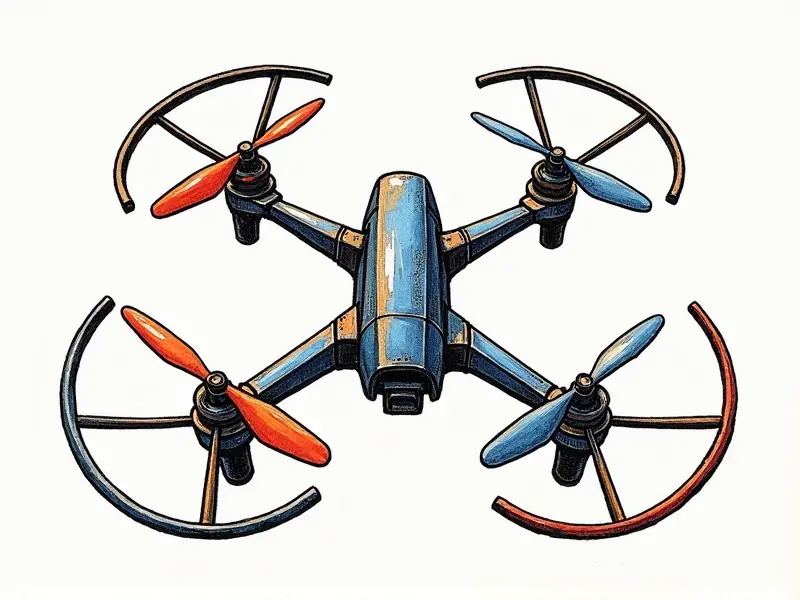Why use a gimbal for FPV?

Why Every FPV Pilot Needs a Gimbal
First-person view (FPV) racing has taken the drone world by storm, offering adrenaline-pumping excitement and unparalleled aerial perspectives. Central to this exhilarating experience is the use of gimbals, which are essential for achieving smooth, high-quality footage during fast-paced flights. A gimbal stabilizes your camera, ensuring that every shot captures the action with precision and clarity.
Achieve Cinematic Shots in FPV Racing
FPV racing involves rapid maneuvers and sharp turns, which can easily lead to shaky and unwatchable footage without a gimbal. By integrating a gimbal into your setup, you transform these challenges into opportunities for stunning cinematography. The stability provided by gimbals allows you to capture dynamic shots with fluid motion, making your FPV videos stand out from the crowd.
Maximize FPV Quality with Camera Gimbals
The quality of your footage is directly impacted by how well your camera remains stable during flight. A gimbal acts as a stabilizer, counteracting the vibrations and movements that occur when flying at high speeds or making sudden changes in direction. This results in clearer, more professional-looking videos that showcase the beauty of FPV racing.
Unlock Smooth Action Cam Footage with Gimbals
Action cameras are popular among FPV enthusiasts due to their compact size and durability. However, without a gimbal, these cameras struggle to maintain stability during intense flights. By attaching your action cam to a gimbal, you unlock the potential for smooth, steady footage that captures every detail of your adventure.
The Benefits of Using a Gimbal in FPV Racing
Using a gimbal offers numerous advantages for FPV pilots:
- Smoother Footage: Reduces camera shake and vibrations, ensuring clean video output.
- Better Visibility: Clearer images mean better visibility through your goggles or screen.
- Increased Control: Enhanced stability allows for more precise control over the drone's movements.
How Gimbals Revolutionize FPV Flying
Gimbals are not just accessories; they are game-changers in the world of FPV. They enable pilots to push their limits by providing a stable platform for capturing high-speed action without compromising on video quality. This innovation opens up new possibilities for creative filming techniques and enhances the overall flying experience.
Boost Your FPV Skills with a Gimbal
Mastery in FPV racing involves honing both piloting skills and videography abilities. A gimbal helps you refine your technique by allowing you to focus on maneuvering while maintaining high-quality video output. This dual improvement accelerates skill development, making you a more versatile and accomplished pilot.
Mastering Stability: The Role of Gimbals in FPV
The stability offered by gimbals is crucial for achieving smooth footage during rapid maneuvers. By understanding how to utilize your gimbal effectively, you can master the art of capturing dynamic shots that showcase the thrill and precision of FPV racing.
Enhance Your FPV Flight with Precision Gimbals
Precision gimbals are engineered specifically for high-performance applications like FPV racing. They offer superior stabilization capabilities and responsiveness, ensuring that your footage is as crisp and clear as possible even during the most intense flights.
Discover the Impact of Gimbals on FPV Quality
The impact of gimbals on FPV quality cannot be overstated. Not only do they enhance visual clarity, but they also contribute to a more immersive and enjoyable viewing experience for spectators. This dual benefit makes gimbals indispensable tools for any serious FPV pilot.
Why Gimbals Are Essential for Smooth FPV Videos
In summary, gimbals are essential components in the FPV racing toolkit. They provide critical stability, enabling pilots to capture smooth and professional-quality videos that highlight the excitement of flying at high speeds. Whether you're a beginner or an experienced racer, incorporating a gimbal into your setup will elevate your footage to new heights.

